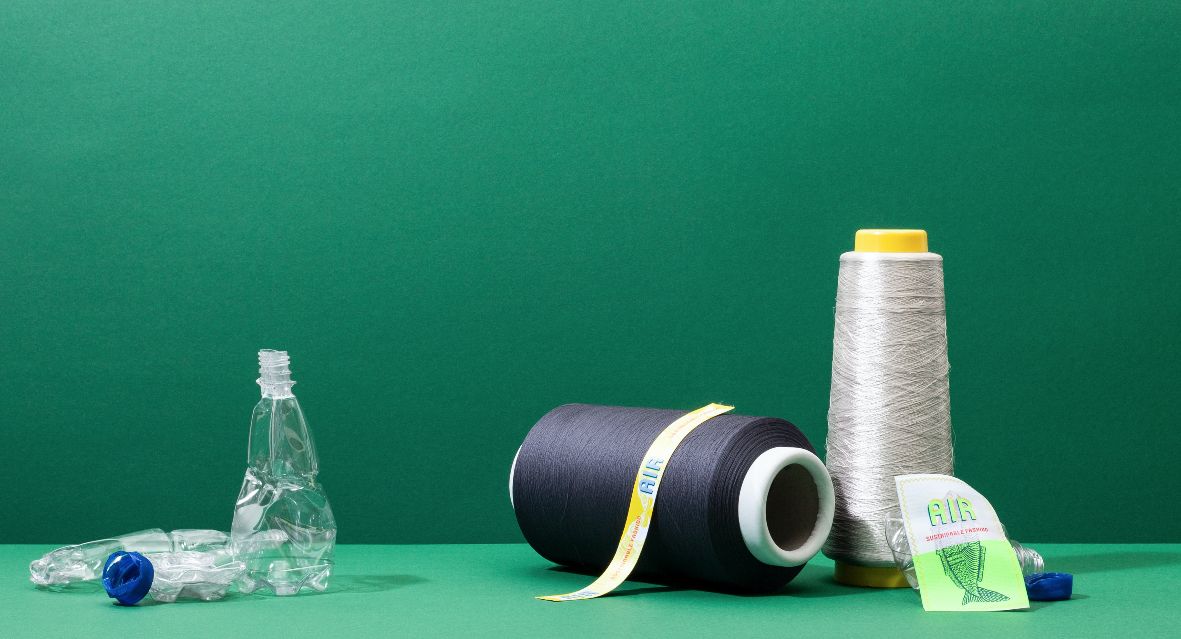The EPR textiles decision has been published. A new legislation from Europe to make products more sustainable, recyclable and reusable. This EPR will start on the 1st of July.
What does the EPR for textiles include?
The EPR decision covers clothing, household textiles (bed linen, curtains, tarpaulins and tents, dishcloths, mops, etc.) and returned products. Other textile products may be added in the future.

The EPR in short
Producers must ensure that enough items are reused or recycled per calendar year. A percentage per year has been formulated for this. In 2025 this is 50%, rising by 5% a year to 75% in 2030.
Reuse and recycling
Part of the textile products must be reused (think of checking, cleaning and repairing returns, which in this way can then be used for the same purpose).
In addition, a portion should be fibre-to-fibre recycled (the textiles should be fibreised, after which textile fibres are processed into clothing or household textiles, or materials or fabrics for this purpose – this aims at high-quality recycling).
Goal EPR
Producers are also asked to take measures to produce textile products from recycled textile fibres as much as possible.
The aim is that this will encourage textile producers to make products that have a longer lifespan and encourage reuse, recycling and repair. Lees meer over het UPV.
EPR: how to start for my brand?
Getting started with EPR textiles for your company or brand? The big question “where do I start?”. For this, EE Labels introduces the product passport icw Twintag.
By adding a unique label with QR code to your products, you make the link between the physical and digital world. This way, you make sure that all necessary information stays with a (clothing) piece from start to finish. And that both consumer and recycler know what to do with a product at the end of its lifecycle.


